No Events on The List at This Time
June
202405Jun19:00After the End19:00
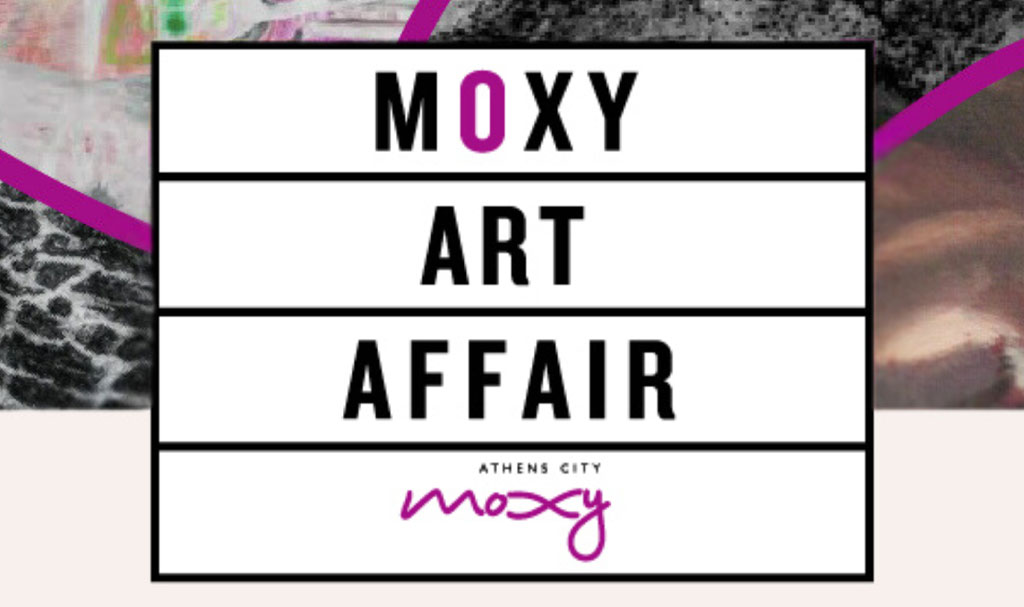
Event Details
Join Us for an Exciting Art Exhibition at Moxy Athens City! We invite you to the "After the End" exhibition, a remarkable collaboration between Moxy Athens Art Affair
Event Details
Join Us for an Exciting Art Exhibition at Moxy Athens City!
We invite you to the “After the End” exhibition, a remarkable collaboration between Moxy Athens Art Affair and the Visual Arts program of the Frances Rich School of Fine and Performing Arts.
When: Wednesday, June 5th, 19:00
Where: Moxy Athens City, Stadiou 65
Curated by
Aliki Tsirliagkou and Lenio Papantonopoulou
About the exhibition
After the End” showcases the innovative works of nine talented visual artists, all recent graduates of Deree – ACG. This exhibition features a diverse array of mediums including painting, photography, and mixed media, highlighting the fresh perspectives and artistic evolution of these emerging artists.
For more information, contact: Moxy Athens City Stadiou 65, +302144082020
202423MayAll Day01JunDeree Arts Festival 2024(All Day)
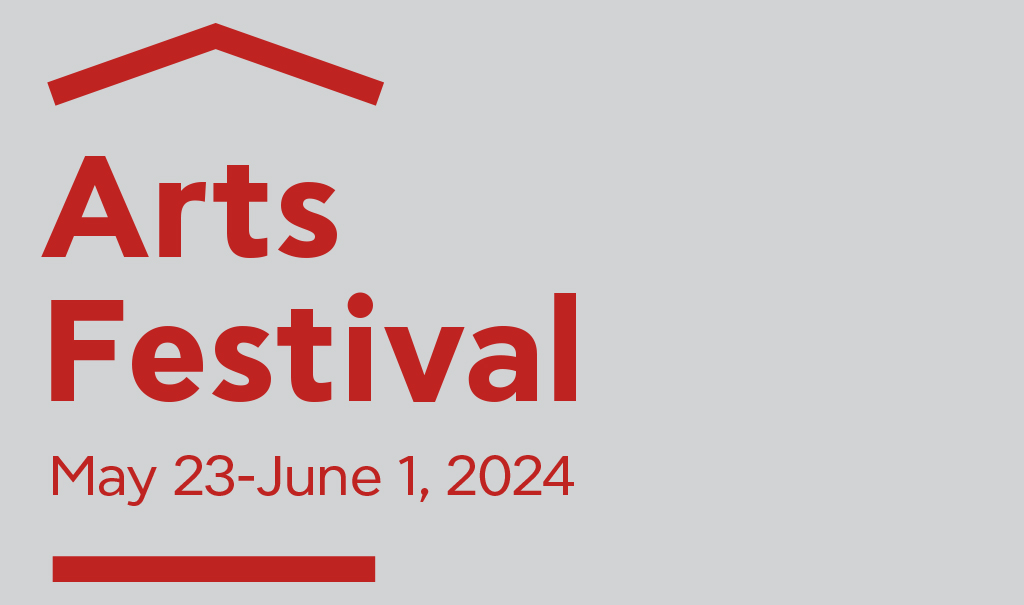
Event Details
When: May 23-June 1, 2024 Where: all around campus About the event Don’t miss the 2024 Arts Festival, taking place at Deree – The American College of Greece, which is free and open
Event Details
When: May 23-June 1, 2024
Where: all around campus
About the event
Don’t miss the 2024 Arts Festival, taking place at Deree – The American College of Greece, which is free and open to the public and will feature exciting cultural events – such as concerts, art exhibitions, dance and theatre performances – by artists from around the world!
From May 23-June 1, the Frances Rich School of Fine and Performing Arts at Deree, presents this year’s Arts Festival! Following the successful first Arts Festival in 2012, the festival is expected to be rich in various cultural events that will take place on campus. Faculty and students from the departments of Music, Theatre Arts and Dance, and Visual Arts and Art History have collaborated with established artists to create an exciting program that combines lectures, master classes, performances, and workshops for a true celebration of the arts!
See the program here.
May
202431May10:0018:00Portfolio Masterclass10:00 - 18:00
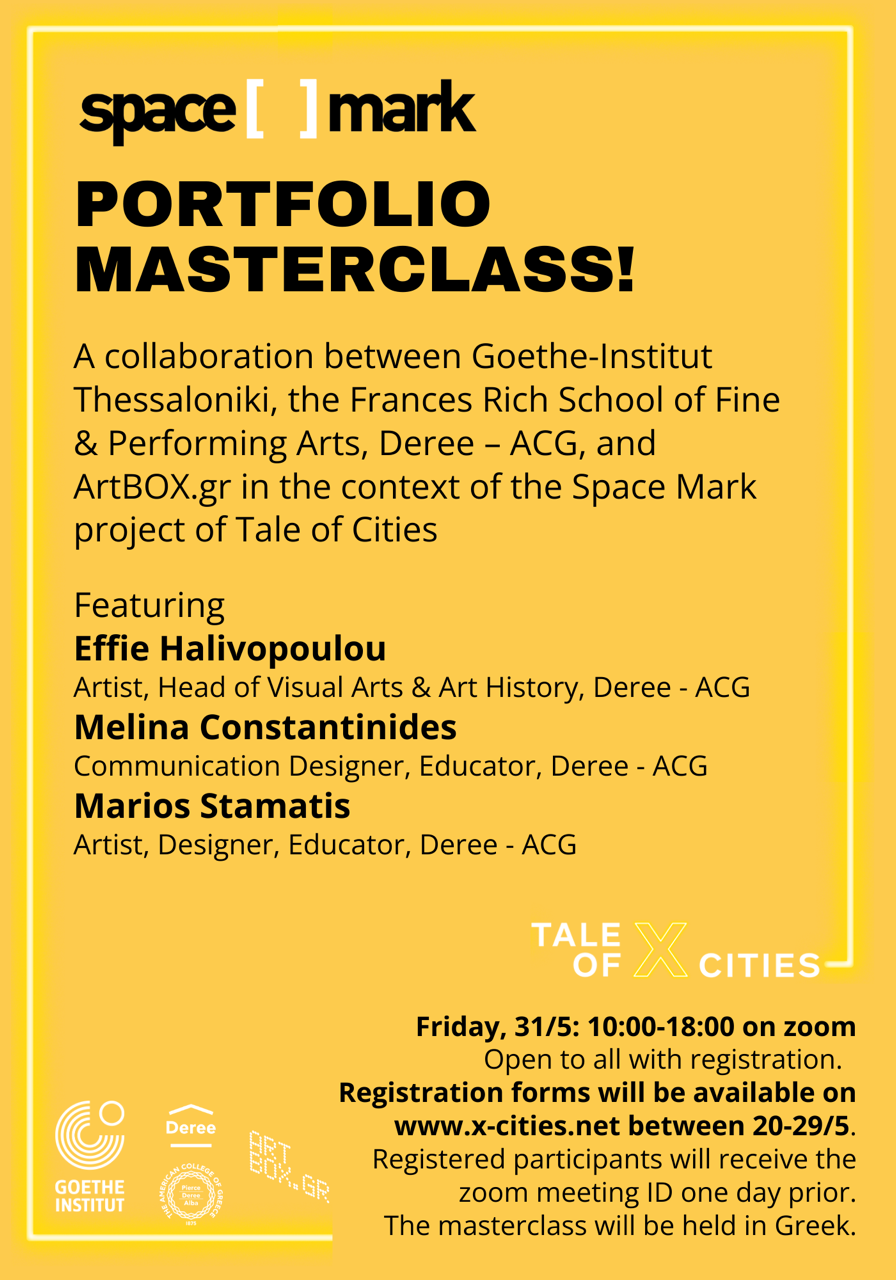
Event Details
When: May 31, 2024, 10:00- 18:00 About the event This workshop is designed to guide emerging artists through the process of creating a compelling portfolio that showcases their artistic interests, and personal
Event Details
When: May 31, 2024, 10:00- 18:00
About the event
This workshop is designed to guide emerging artists through the process of creating a compelling portfolio that showcases their artistic interests, and personal studio practice. The workshop explores the links between print and video and examines the methodologies for the creation of a meaningful and consistent visual language. Participants will learn how to organize their work effectively, select works that best represent their practice, emphasize their strengths, and build a Digital Portfolio with a cohesive narrative.
To participate, register here: www.x-cities.net
202423MayAll Day01JunDeree Arts Festival 2024(All Day)

Event Details
When: May 23-June 1, 2024 Where: all around campus About the event Don’t miss the 2024 Arts Festival, taking place at Deree – The American College of Greece, which is free and open
Event Details
When: May 23-June 1, 2024
Where: all around campus
About the event
Don’t miss the 2024 Arts Festival, taking place at Deree – The American College of Greece, which is free and open to the public and will feature exciting cultural events – such as concerts, art exhibitions, dance and theatre performances – by artists from around the world!
From May 23-June 1, the Frances Rich School of Fine and Performing Arts at Deree, presents this year’s Arts Festival! Following the successful first Arts Festival in 2012, the festival is expected to be rich in various cultural events that will take place on campus. Faculty and students from the departments of Music, Theatre Arts and Dance, and Visual Arts and Art History have collaborated with established artists to create an exciting program that combines lectures, master classes, performances, and workshops for a true celebration of the arts!
See the program here.

Event Details
When: Monday (and every Monday), March 11, 2024 | 16:00–17:30 Where: ACG Counseling Center (Aghia Paraskevi Campus, CN Building, Zero Level) Organized by: The ACG Counseling Center, Deree – The American College of
Event Details
When: Monday (and every Monday), March 11, 2024 | 16:00–17:30
Where: ACG Counseling Center (Aghia Paraskevi Campus, CN Building, Zero Level)
Organized by:
The ACG Counseling Center, Deree – The American College of Greece
About the Event
Are you new to the ACG community? Do you wish you had a supportive community to share your struggles, fears, and small victories during this transition? You are not alone! Welcome to our therapy group designed to support students who are navigating the challenges of moving abroad. Moving to a new country can be both exhilarating and terrifying, as you navigate an unfamiliar culture, language, and social norms. In this safe and welcoming space, we aim to provide a supportive community where you can openly share your experiences, fears, and triumphs. Together, we’ll explore strategies for coping with homesickness, cultural shock, and the inevitable adjustments that come with adapting to a new environment. Through sharing our stories and supporting one another, we can cultivate resilience, develop coping mechanisms, and ultimately thrive in our new international homes. Whether you’re struggling with homesickness, cultural differences, or simply feeling overwhelmed by the transition, know that you’re not alone. Together, we’ll navigate this journey and find strength in our shared experiences.
For more information contact the ACG Counseling Center, [email protected]

Event Details
When: Monday (and every Monday), March 11, 2024 | 16:00–17:30 Where: ACG Counseling Center (Aghia Paraskevi Campus, CN Building, Zero Level) Organized by: The ACG Counseling Center, Deree – The American College of
Event Details
When: Monday (and every Monday), March 11, 2024 | 16:00–17:30
Where: ACG Counseling Center (Aghia Paraskevi Campus, CN Building, Zero Level)
Organized by:
The ACG Counseling Center, Deree – The American College of Greece
About the Event
Are you new to the ACG community? Do you wish you had a supportive community to share your struggles, fears, and small victories during this transition? You are not alone! Welcome to our therapy group designed to support students who are navigating the challenges of moving abroad. Moving to a new country can be both exhilarating and terrifying, as you navigate an unfamiliar culture, language, and social norms. In this safe and welcoming space, we aim to provide a supportive community where you can openly share your experiences, fears, and triumphs. Together, we’ll explore strategies for coping with homesickness, cultural shock, and the inevitable adjustments that come with adapting to a new environment. Through sharing our stories and supporting one another, we can cultivate resilience, develop coping mechanisms, and ultimately thrive in our new international homes. Whether you’re struggling with homesickness, cultural differences, or simply feeling overwhelmed by the transition, know that you’re not alone. Together, we’ll navigate this journey and find strength in our shared experiences.
For more information contact the ACG Counseling Center, [email protected]
April

Event Details
When: Monday (and every Monday), March 11, 2024 | 16:00–17:30 Where: ACG Counseling Center (Aghia Paraskevi Campus, CN Building, Zero Level) Organized by: The ACG Counseling Center, Deree – The American College of
Event Details
When: Monday (and every Monday), March 11, 2024 | 16:00–17:30
Where: ACG Counseling Center (Aghia Paraskevi Campus, CN Building, Zero Level)
Organized by:
The ACG Counseling Center, Deree – The American College of Greece
About the Event
Are you new to the ACG community? Do you wish you had a supportive community to share your struggles, fears, and small victories during this transition? You are not alone! Welcome to our therapy group designed to support students who are navigating the challenges of moving abroad. Moving to a new country can be both exhilarating and terrifying, as you navigate an unfamiliar culture, language, and social norms. In this safe and welcoming space, we aim to provide a supportive community where you can openly share your experiences, fears, and triumphs. Together, we’ll explore strategies for coping with homesickness, cultural shock, and the inevitable adjustments that come with adapting to a new environment. Through sharing our stories and supporting one another, we can cultivate resilience, develop coping mechanisms, and ultimately thrive in our new international homes. Whether you’re struggling with homesickness, cultural differences, or simply feeling overwhelmed by the transition, know that you’re not alone. Together, we’ll navigate this journey and find strength in our shared experiences.
For more information contact the ACG Counseling Center, [email protected]

Event Details
When: Monday (and every Monday), March 11, 2024 | 16:00–17:30 Where: ACG Counseling Center (Aghia Paraskevi Campus, CN Building, Zero Level) Organized by: The ACG Counseling Center, Deree – The American College of
Event Details
When: Monday (and every Monday), March 11, 2024 | 16:00–17:30
Where: ACG Counseling Center (Aghia Paraskevi Campus, CN Building, Zero Level)
Organized by:
The ACG Counseling Center, Deree – The American College of Greece
About the Event
Are you new to the ACG community? Do you wish you had a supportive community to share your struggles, fears, and small victories during this transition? You are not alone! Welcome to our therapy group designed to support students who are navigating the challenges of moving abroad. Moving to a new country can be both exhilarating and terrifying, as you navigate an unfamiliar culture, language, and social norms. In this safe and welcoming space, we aim to provide a supportive community where you can openly share your experiences, fears, and triumphs. Together, we’ll explore strategies for coping with homesickness, cultural shock, and the inevitable adjustments that come with adapting to a new environment. Through sharing our stories and supporting one another, we can cultivate resilience, develop coping mechanisms, and ultimately thrive in our new international homes. Whether you’re struggling with homesickness, cultural differences, or simply feeling overwhelmed by the transition, know that you’re not alone. Together, we’ll navigate this journey and find strength in our shared experiences.
For more information contact the ACG Counseling Center, [email protected]

Event Details
When: Monday (and every Monday), March 11, 2024 | 16:00–17:30 Where: ACG Counseling Center (Aghia Paraskevi Campus, CN Building, Zero Level) Organized by: The ACG Counseling Center, Deree – The American College of
Event Details
When: Monday (and every Monday), March 11, 2024 | 16:00–17:30
Where: ACG Counseling Center (Aghia Paraskevi Campus, CN Building, Zero Level)
Organized by:
The ACG Counseling Center, Deree – The American College of Greece
About the Event
Are you new to the ACG community? Do you wish you had a supportive community to share your struggles, fears, and small victories during this transition? You are not alone! Welcome to our therapy group designed to support students who are navigating the challenges of moving abroad. Moving to a new country can be both exhilarating and terrifying, as you navigate an unfamiliar culture, language, and social norms. In this safe and welcoming space, we aim to provide a supportive community where you can openly share your experiences, fears, and triumphs. Together, we’ll explore strategies for coping with homesickness, cultural shock, and the inevitable adjustments that come with adapting to a new environment. Through sharing our stories and supporting one another, we can cultivate resilience, develop coping mechanisms, and ultimately thrive in our new international homes. Whether you’re struggling with homesickness, cultural differences, or simply feeling overwhelmed by the transition, know that you’re not alone. Together, we’ll navigate this journey and find strength in our shared experiences.
For more information contact the ACG Counseling Center, [email protected]
202413Apr19:3022:00Choral Festival: Singing All Together!19:30 - 22:00
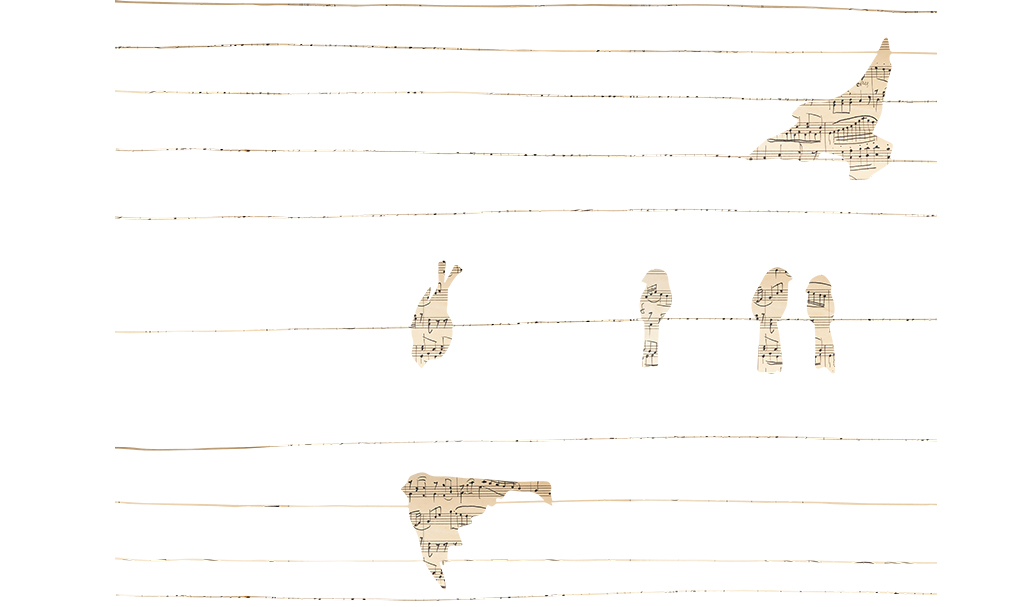
Event Details
When: Saturday, April 13, 2024 |19:30-22:00 Where: Pierce Theater (Aghia Paraskevi Campus, 6 Gravias Str.) Organized by: Frances Rich School of Fine and Performing Arts Deree – The American College of Greece About the Event This
Event Details
When: Saturday, April 13, 2024 |19:30-22:00
Where: Pierce Theater (Aghia Paraskevi Campus, 6 Gravias Str.)
Organized by:
Frances Rich School of Fine and Performing Arts
Deree – The American College of Greece
About the Event
This event celebrates the power of music to unite, connect, educate and entertain.
The event is free and open to the public.
If you are interested in attending, please register by April 10th.
For more information contact College Events, [email protected]
Performance
- ACG Community Choir | Directed by Effi Minakoulis
- Choir of Equal Voices of the Music School of Piraeus | Directed by George Kandreviotis
- Mixed Choir of the Music School of Pallini | Directed by Giannis Kontitsis and Louiza Tsegka
- Youth Choir of the Leonteios School of Nea Smyrni | Directed by Katerina Vassilikou
- CHÓRES | Directed by Simella Emmanoulidou
- Singing all together | All choirs and audience
Reception
See the Program here

Event Details
When: Monday (and every Monday), March 11, 2024 | 16:00–17:30 Where: ACG Counseling Center (Aghia Paraskevi Campus, CN Building, Zero Level) Organized by: The ACG Counseling Center, Deree – The American College of
Event Details
When: Monday (and every Monday), March 11, 2024 | 16:00–17:30
Where: ACG Counseling Center (Aghia Paraskevi Campus, CN Building, Zero Level)
Organized by:
The ACG Counseling Center, Deree – The American College of Greece
About the Event
Are you new to the ACG community? Do you wish you had a supportive community to share your struggles, fears, and small victories during this transition? You are not alone! Welcome to our therapy group designed to support students who are navigating the challenges of moving abroad. Moving to a new country can be both exhilarating and terrifying, as you navigate an unfamiliar culture, language, and social norms. In this safe and welcoming space, we aim to provide a supportive community where you can openly share your experiences, fears, and triumphs. Together, we’ll explore strategies for coping with homesickness, cultural shock, and the inevitable adjustments that come with adapting to a new environment. Through sharing our stories and supporting one another, we can cultivate resilience, develop coping mechanisms, and ultimately thrive in our new international homes. Whether you’re struggling with homesickness, cultural differences, or simply feeling overwhelmed by the transition, know that you’re not alone. Together, we’ll navigate this journey and find strength in our shared experiences.
For more information contact the ACG Counseling Center, [email protected]
202405Apr19:454 pianists of Panarmonio Conservatory in concert19:45
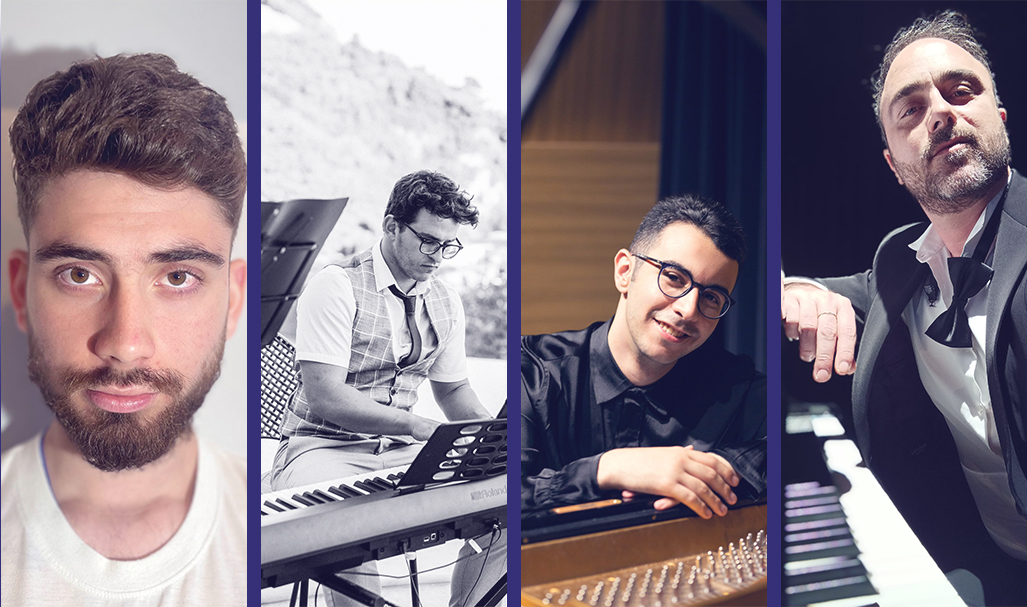
Event Details
When: Friday, April 5, 2024 | 19:45 Where: 7th Level Auditorium, Deree – The American College of Greece Four young pianists, all graduates of the Panarmonio Conservatory will fill the 7th Level Auditorium with
Event Details
When: Friday, April 5, 2024 | 19:45
Where: 7th Level Auditorium,
Deree – The American College of Greece
Four young pianists, all graduates of the Panarmonio Conservatory will fill the 7th Level Auditorium with some of the most beautiful works by Beethoven, Chopin, Prokofiev, Rachmaninoff, and other great composers. The concert also includes original compositions and transcriptions by the pianists, as well as contemporary works by Chick Corea and Nicolas Economou among others.
Participants
Dionysis Tourkakis
Vladimiros Poletaev
Andronikos Sotiriou
Vasileios Gavvaris (D’23)
Organized by:
Frances Rich School of Fine and Performing Arts, Deree – The American College of Greece
Free entrance

Event Details
When: Monday (and every Monday), March 11, 2024 | 16:00–17:30 Where: ACG Counseling Center (Aghia Paraskevi Campus, CN Building, Zero Level) Organized by: The ACG Counseling Center, Deree – The American College of
Event Details
When: Monday (and every Monday), March 11, 2024 | 16:00–17:30
Where: ACG Counseling Center (Aghia Paraskevi Campus, CN Building, Zero Level)
Organized by:
The ACG Counseling Center, Deree – The American College of Greece
About the Event
Are you new to the ACG community? Do you wish you had a supportive community to share your struggles, fears, and small victories during this transition? You are not alone! Welcome to our therapy group designed to support students who are navigating the challenges of moving abroad. Moving to a new country can be both exhilarating and terrifying, as you navigate an unfamiliar culture, language, and social norms. In this safe and welcoming space, we aim to provide a supportive community where you can openly share your experiences, fears, and triumphs. Together, we’ll explore strategies for coping with homesickness, cultural shock, and the inevitable adjustments that come with adapting to a new environment. Through sharing our stories and supporting one another, we can cultivate resilience, develop coping mechanisms, and ultimately thrive in our new international homes. Whether you’re struggling with homesickness, cultural differences, or simply feeling overwhelmed by the transition, know that you’re not alone. Together, we’ll navigate this journey and find strength in our shared experiences.
For more information contact the ACG Counseling Center, [email protected]
March

Event Details
When: Monday (and every Monday), March 11, 2024 | 16:00–17:30 Where: ACG Counseling Center (Aghia Paraskevi Campus, CN Building, Zero Level) Organized by: The ACG Counseling Center, Deree – The American College of
Event Details
When: Monday (and every Monday), March 11, 2024 | 16:00–17:30
Where: ACG Counseling Center (Aghia Paraskevi Campus, CN Building, Zero Level)
Organized by:
The ACG Counseling Center, Deree – The American College of Greece
About the Event
Are you new to the ACG community? Do you wish you had a supportive community to share your struggles, fears, and small victories during this transition? You are not alone! Welcome to our therapy group designed to support students who are navigating the challenges of moving abroad. Moving to a new country can be both exhilarating and terrifying, as you navigate an unfamiliar culture, language, and social norms. In this safe and welcoming space, we aim to provide a supportive community where you can openly share your experiences, fears, and triumphs. Together, we’ll explore strategies for coping with homesickness, cultural shock, and the inevitable adjustments that come with adapting to a new environment. Through sharing our stories and supporting one another, we can cultivate resilience, develop coping mechanisms, and ultimately thrive in our new international homes. Whether you’re struggling with homesickness, cultural differences, or simply feeling overwhelmed by the transition, know that you’re not alone. Together, we’ll navigate this journey and find strength in our shared experiences.
For more information contact the ACG Counseling Center, [email protected]

Event Details
When: Monday (and every Monday), March 11, 2024 | 16:00–17:30 Where: ACG Counseling Center (Aghia Paraskevi Campus, CN Building, Zero Level) Organized by: The ACG Counseling Center, Deree – The American College of
Event Details
When: Monday (and every Monday), March 11, 2024 | 16:00–17:30
Where: ACG Counseling Center (Aghia Paraskevi Campus, CN Building, Zero Level)
Organized by:
The ACG Counseling Center, Deree – The American College of Greece
About the Event
Are you new to the ACG community? Do you wish you had a supportive community to share your struggles, fears, and small victories during this transition? You are not alone! Welcome to our therapy group designed to support students who are navigating the challenges of moving abroad. Moving to a new country can be both exhilarating and terrifying, as you navigate an unfamiliar culture, language, and social norms. In this safe and welcoming space, we aim to provide a supportive community where you can openly share your experiences, fears, and triumphs. Together, we’ll explore strategies for coping with homesickness, cultural shock, and the inevitable adjustments that come with adapting to a new environment. Through sharing our stories and supporting one another, we can cultivate resilience, develop coping mechanisms, and ultimately thrive in our new international homes. Whether you’re struggling with homesickness, cultural differences, or simply feeling overwhelmed by the transition, know that you’re not alone. Together, we’ll navigate this journey and find strength in our shared experiences.
For more information contact the ACG Counseling Center, [email protected]

Event Details
When: Friday, March 15, 2024 | 17:30-19:00 Where: 7th Level Auditorium Deree – The American College of Greece, Aghia Paraskevi Campus, 6 Gravias Str. Organized by: Music Department, Frances Rich School of Fine and
Event Details
When: Friday, March 15, 2024 | 17:30-19:00
Where: 7th Level Auditorium
Deree – The American College of Greece, Aghia Paraskevi Campus, 6 Gravias Str.
Organized by:
Music Department, Frances Rich School of Fine and Performing Arts
Deree – The American College of Greece
About the Event
Join our Music Performance Students as they present coursework from Applied Music I-VIII, and the Music Performance Workshops I-III.
The event is free and open to the public.
The parking upon availability.
For more information contact College Events-Office of Public Affairs [email protected]

Event Details
When: Monday (and every Monday), March 11, 2024 | 16:00–17:30 Where: ACG Counseling Center (Aghia Paraskevi Campus, CN Building, Zero Level) Organized by: The ACG Counseling Center, Deree – The American College of
Event Details
When: Monday (and every Monday), March 11, 2024 | 16:00–17:30
Where: ACG Counseling Center (Aghia Paraskevi Campus, CN Building, Zero Level)
Organized by:
The ACG Counseling Center, Deree – The American College of Greece
About the Event
Are you new to the ACG community? Do you wish you had a supportive community to share your struggles, fears, and small victories during this transition? You are not alone! Welcome to our therapy group designed to support students who are navigating the challenges of moving abroad. Moving to a new country can be both exhilarating and terrifying, as you navigate an unfamiliar culture, language, and social norms. In this safe and welcoming space, we aim to provide a supportive community where you can openly share your experiences, fears, and triumphs. Together, we’ll explore strategies for coping with homesickness, cultural shock, and the inevitable adjustments that come with adapting to a new environment. Through sharing our stories and supporting one another, we can cultivate resilience, develop coping mechanisms, and ultimately thrive in our new international homes. Whether you’re struggling with homesickness, cultural differences, or simply feeling overwhelmed by the transition, know that you’re not alone. Together, we’ll navigate this journey and find strength in our shared experiences.
For more information contact the ACG Counseling Center, [email protected]
